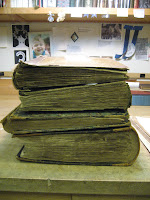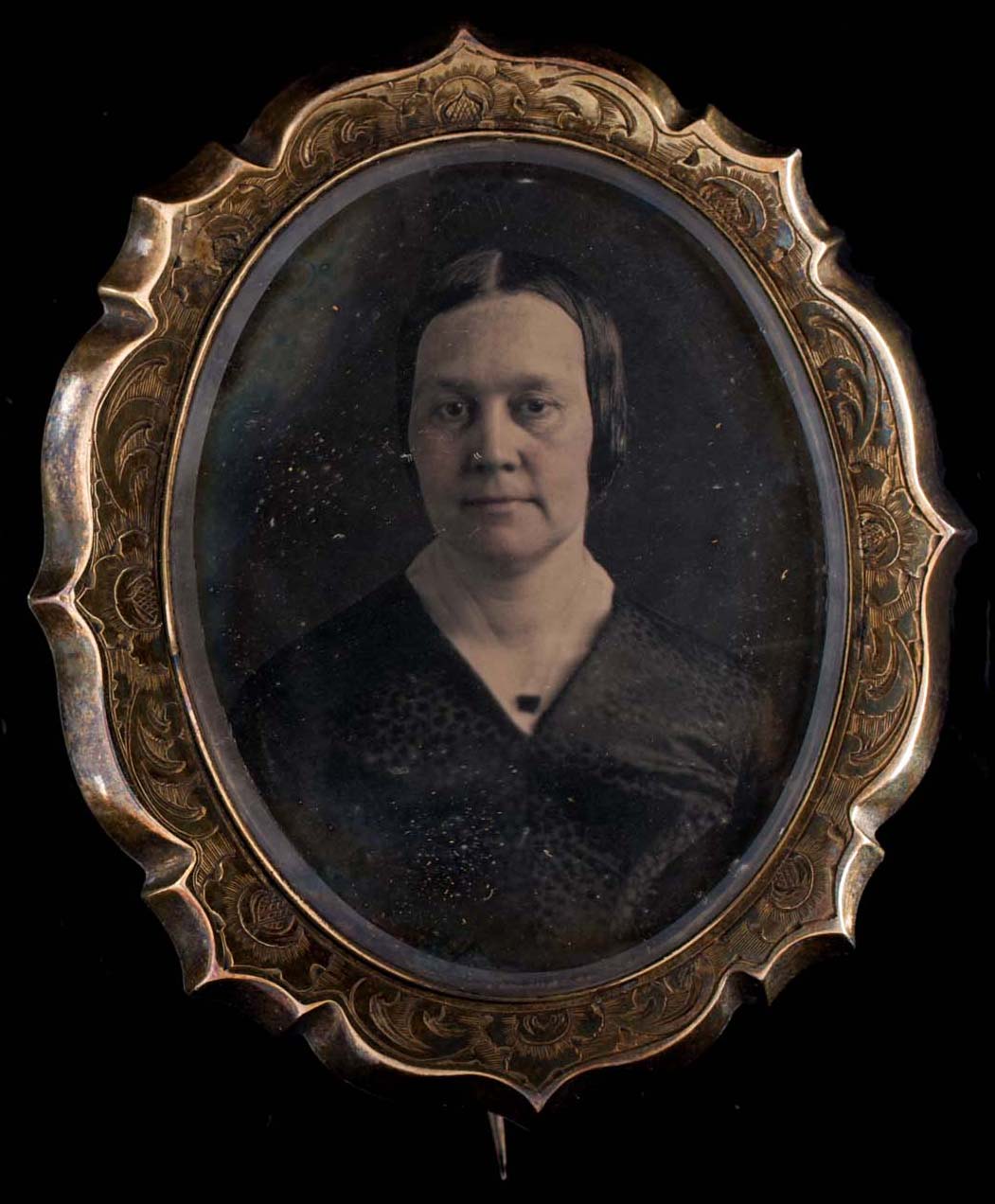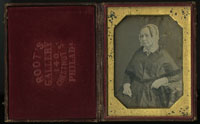“What a striking street scene!” was my first thought on seeing the Philadelphia Traction Company bond sent to me on approval from the New England ephemera dealer George LeBarre Galleries.
Given my interests as a print curator, I hardly considered the name of the 1935 purchaser—in this case, the cumbersome "Pennsylvania Company for Insurances on Lives and Granting Annuities, trustee under the will of Frederick James, deceased, in trust for J. Monroe Shellenberger and George Shellenberger"—in my decision to acquire the bond. I was more focused on estimating the date that the piece was printed, often different from the issue date. Feeling fairly confident in my estimation of a printing date at the turn of the twentieth century, I put the bond aside for future cataloging.
Whenever I catalog I search genealogical websites such as GenealogyBank and ancestry.com, in addition to Google. Not expecting much for J. Monroe and George Shellenberger, I was quite pleased to hit a veritable historical gossip jackpot. Through a series of newspaper articles I discovered that J. Monroe Shellenberger, Sr., was an infamous Doylestown lawyer convicted of forgery and sentenced to Eastern State Penitentiary in 1890. His children were made wards of his brother-in-law John O. James, brother of "Frederick James, deceased." Suddenly the names seemed even more fascinating than the eye-catching trolley scene on the print.

I should not have been surprised, then, while cataloging another bond purchased at LeBarre, that its provenance overshadowed its visual content as well. Issued to "Girard Trust Company of Philada'a committee of the State in Pennsylvania, of Lillian Augusta Stuart Moore de Bildt, a lunatic," who could resist trying to figure out the identity of a person declared insane. It turns out de Bildt was daughter of Philadelphia philanthropist and author Clara Jessup Moore and businessman Bloomfield H. Moore. Not only that, she was sister to respected archeologist Clarence Bloomfield Moore, whose house still stands across the street from the Library Company. Married to diplomat Baron Carl Nils Daniel de Bildt in 1874, Lillian was shortly thereafter declared insane. The couple divorced in 1890—ironically, the same year Mr. Shellenberger headed to jail. Who says cataloging is boring?
Erika Piola
Associate Curator, Prints and Photographs











 200 daguerreotypes, primarily produced in Philadelphia between 1840 and 1860. Many of these early photographs were recently on display in our “Catching a Shadow: Daguerreotypes in Philadelphia, 1839-1860” and can now be seen in the online exhibition. Please email lpropst@librarycompany.org or call 215.546.3181 to RSVP for this event.
200 daguerreotypes, primarily produced in Philadelphia between 1840 and 1860. Many of these early photographs were recently on display in our “Catching a Shadow: Daguerreotypes in Philadelphia, 1839-1860” and can now be seen in the online exhibition. Please email lpropst@librarycompany.org or call 215.546.3181 to RSVP for this event. 